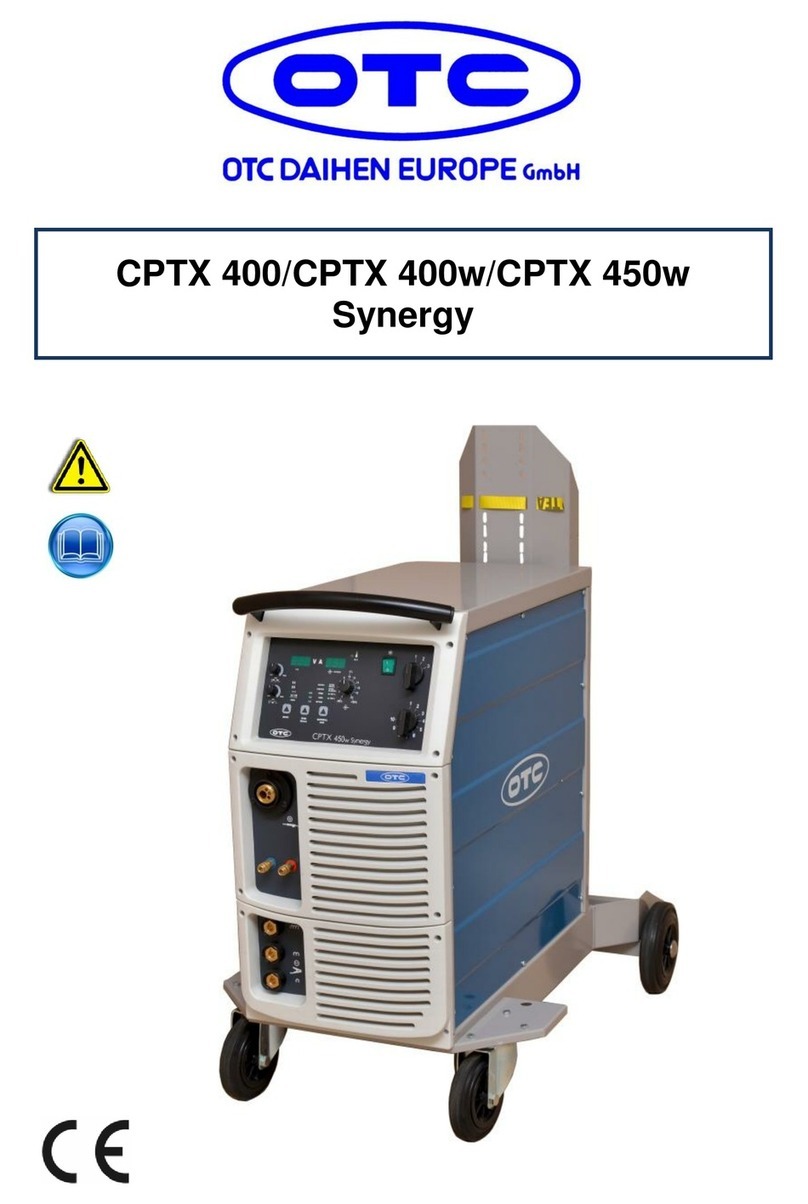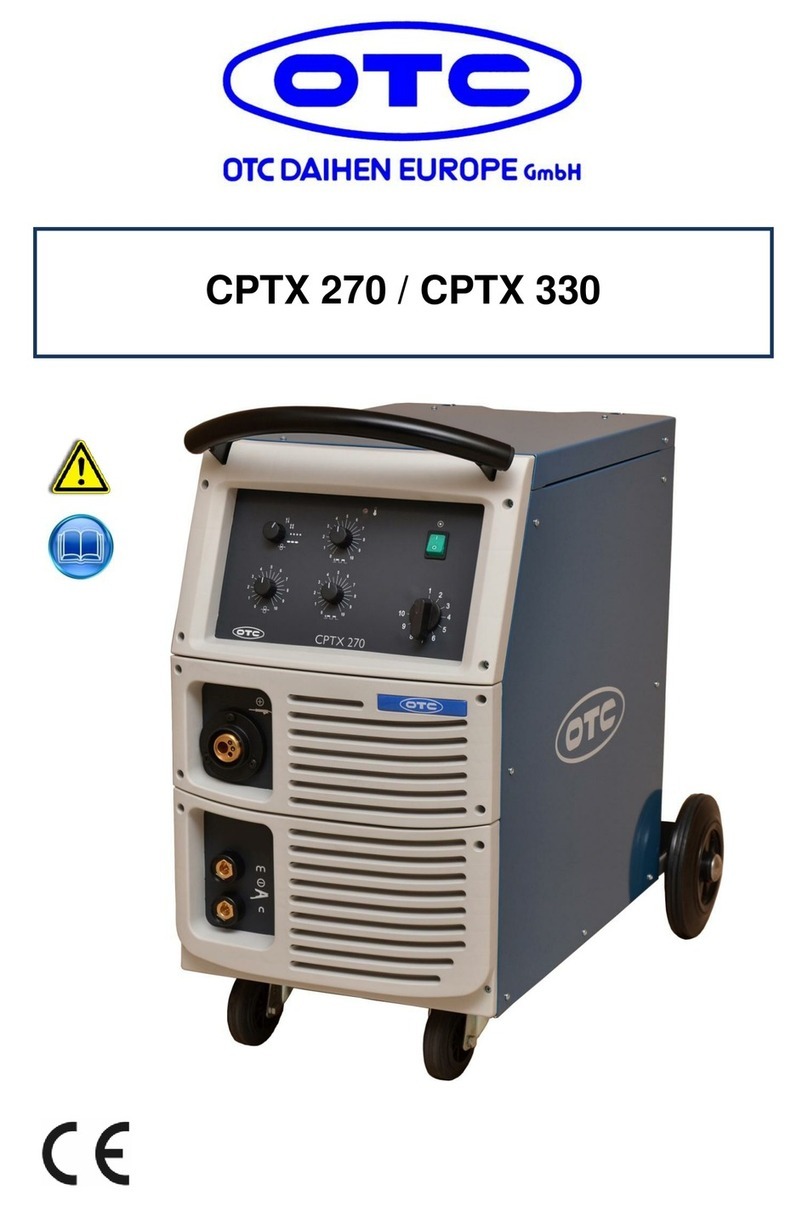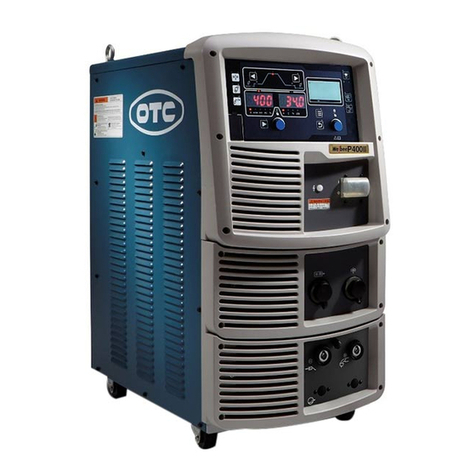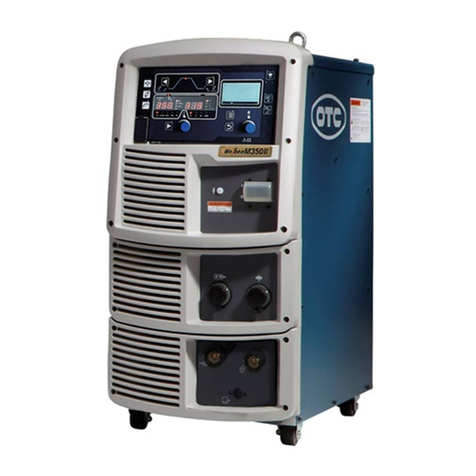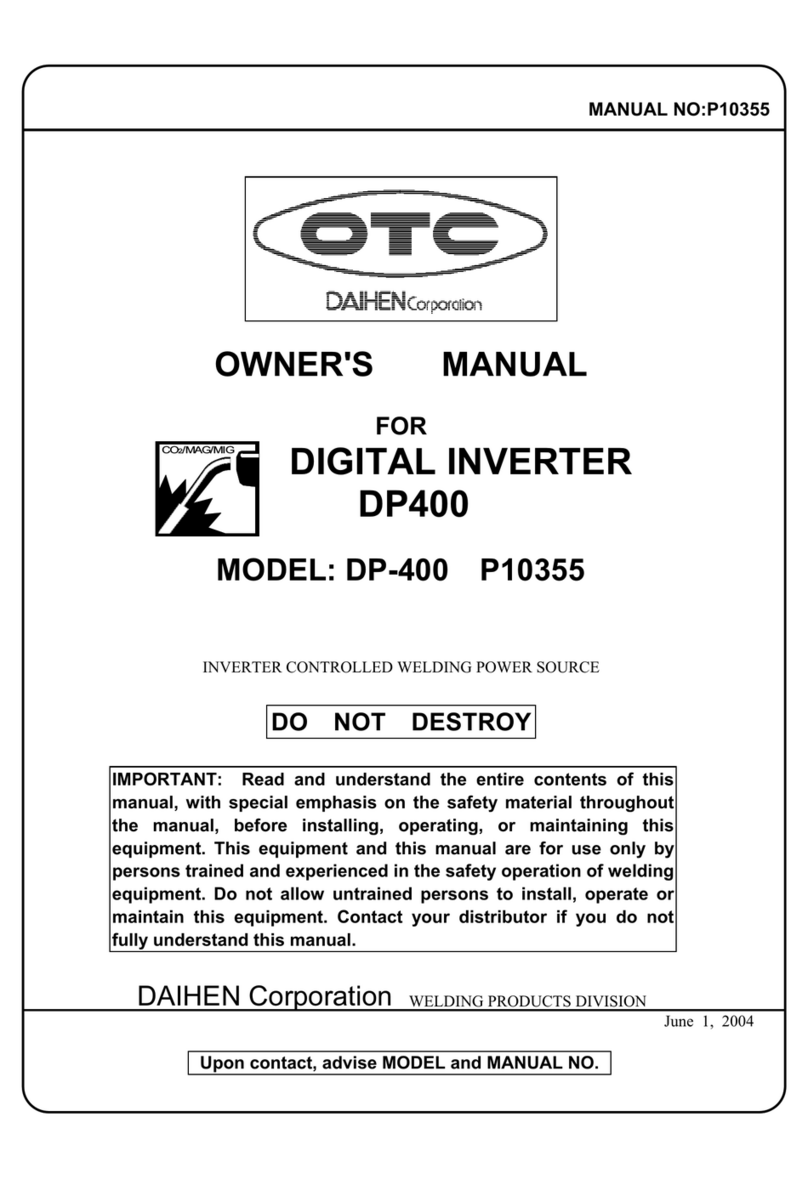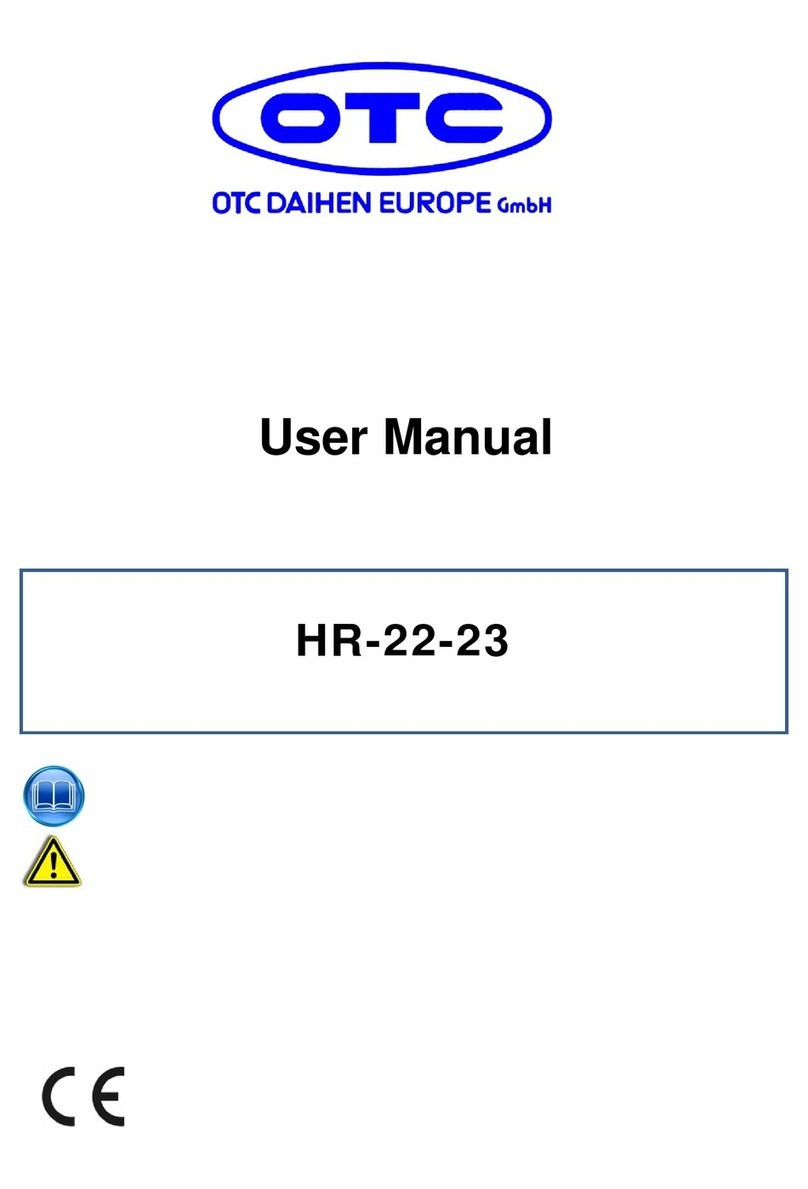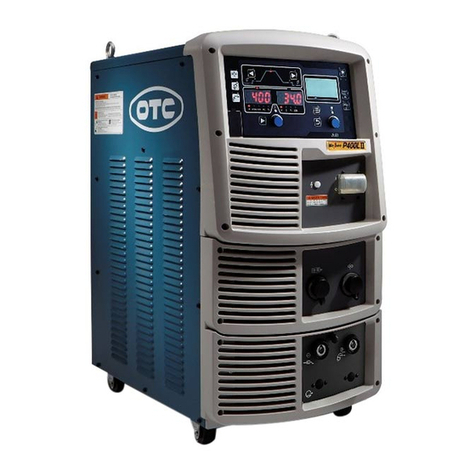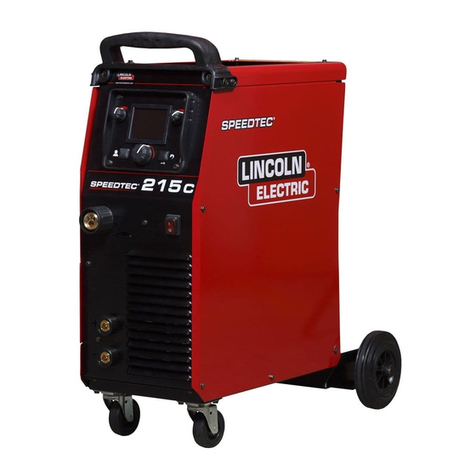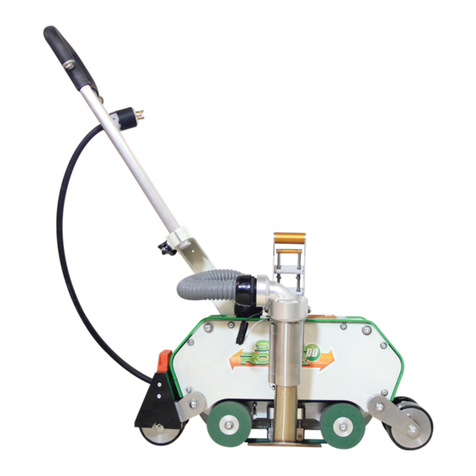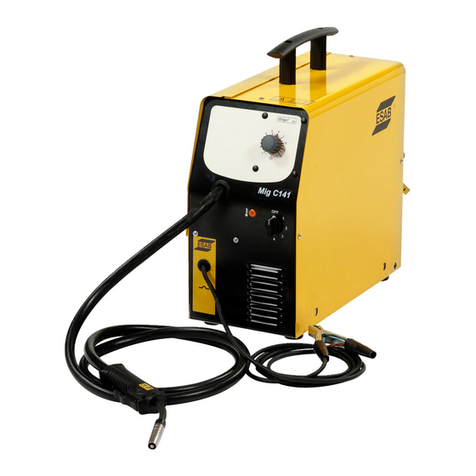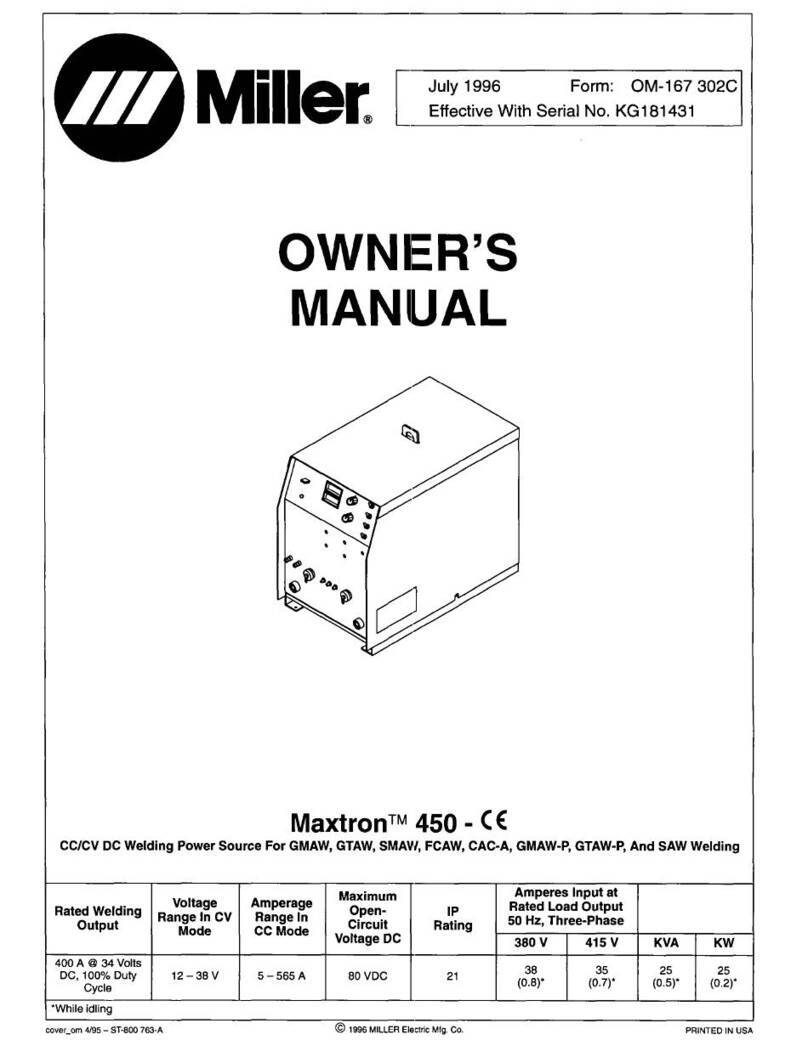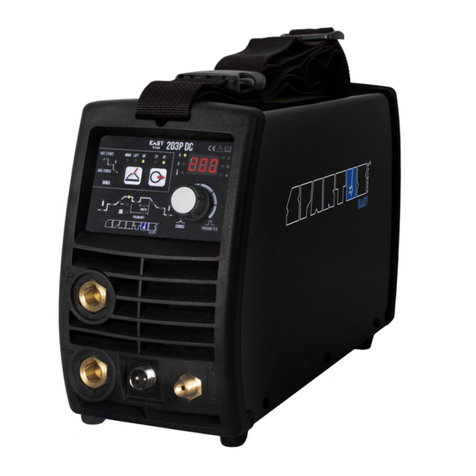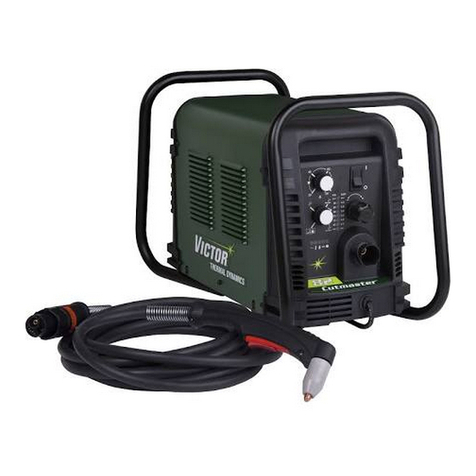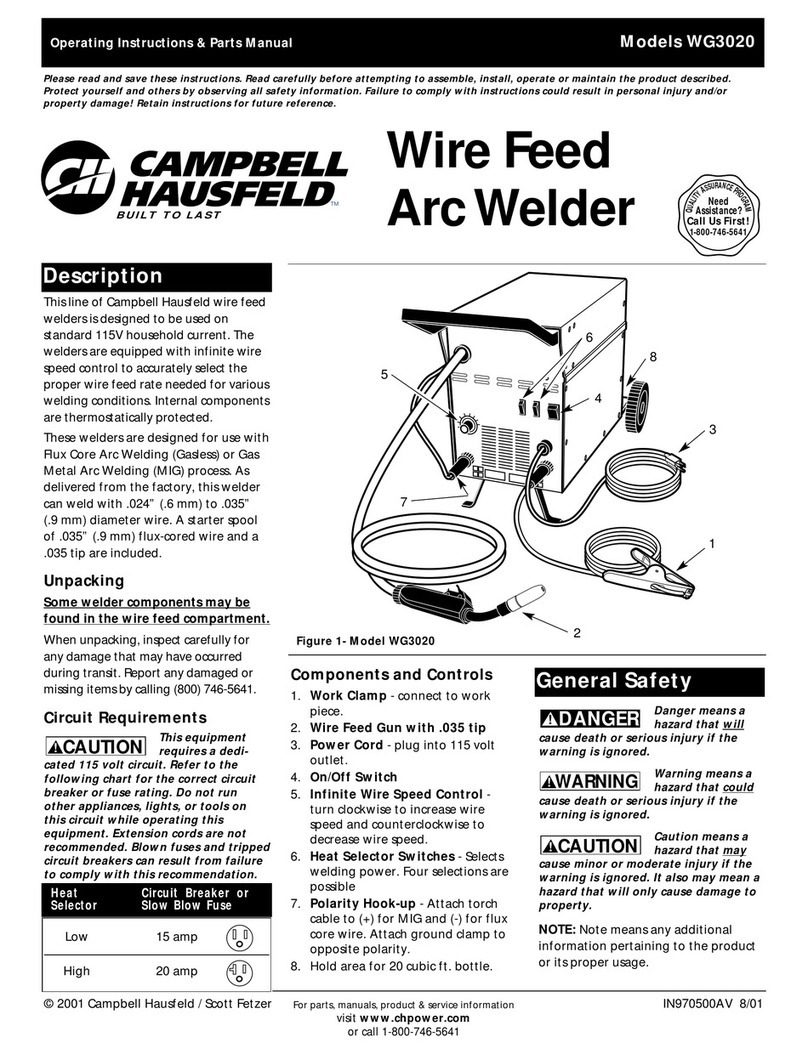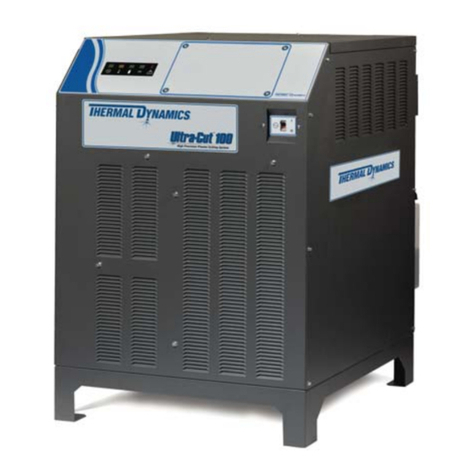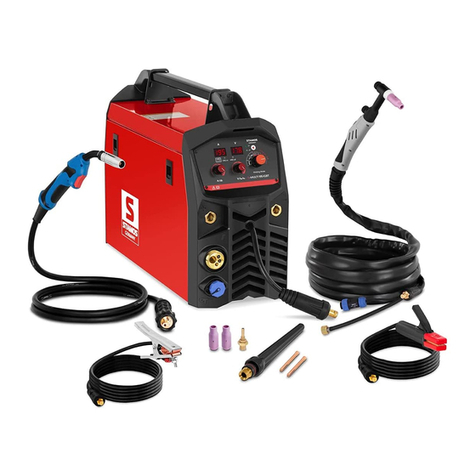
Welding Torch for Robot
Coaxial Power Cable for Robot
<Shock sensor built-in type>
MTX-3531 MTXC-3531
MTXB-3531 MTXCB-3531
MTX-5031 MTXB-5031
MTXB-5031 MTXCB-5031
MTXW-5031 MTXCW-5031
Thoroughly re d this
instruction m nu l to
oper te the units correctly.
• Inst ll tion, m inten nce, nd rep ir of this
welding torch sh ll be m de by qu lified
persons or persons who fully underst nd
welding m chines to secure the s fety.
• To secure the s fety, oper tion of this welding
torch sh ll be m de by persons who h ve
knowledge nd technic l skill to fully
underst nd the contents of this m nu l nd
h ndle the m chine.
• Reg rding s fety educ tion, utilize courses
nd cl sses held by he d/br nch offices of
the Welding Society /Associ tion nd the
rel ted societies/ ssoci tions, nd qu lifying
ex min tions for welding experts/consult nt
engineers.
• After thoroughly re ding this m nu l, be sure
to ret in it with the w rr nty in the pl ce
where the persons concerned c n re d ny
time. Re d it g in s occ sion dem nds.
• If incomprehensible, cont ct our offices. For
servicing, cont ct our loc l distributor or s les
represent tives in your country.
Our ddresses nd telephone numbers re
listed in the b ck cover of this Instruction
M nu l.
Contents
①NOTES ON SAFETY.......................... S1
②IMPORTANT SAFEGUARDS ............. S2
③NOTES ON USE..................................... S6
1. Specific tions.............................................1
2. Checking the Contents.............................5
3.
Inst lling nd Adjusting Procedure of Welding Torch6
3.1 Mounting on Almeg V-type M nipul tor................6
3.2 Mounting on Almeg G-type M nipul tor ...............8
3.3 Mounting on Almeg AX-V4AP/V4LAP
M nipul tor ..................................................................9
3.4 Connecting the W ter-cooled Torch ..................... 14
3.5 Connecting the Air-blow Unit (Torch).................... 15
3.6 Connecting Hose (w ter-cooled/ ir-blow) to
AX-V4AP ................................................................... 17
3.7 H ndling Instructions for Torch.............................. 18
4. 4. Co xi l Power C ble for Robot....... 19
4.1 Type of Co xi l Power C bles .............................. 19
4.2 When Using the DL Welding Power Supply ........ 20
4.3 Connecting the Co xi l Power C ble .................. 21
4.4 Cutting the Liner...................................................... 22
5. Setting the Robot Controller................. 23
5.1 Checking the Tool P r meter................................ 23
5.2 Checking the Shock Sensor Oper tion................ 25
6. Troubleshooting ..................................... 26
7.
Repl cement P rts for V rious Wire Di meter . 27
7.1 Repl cement P rts for V rious Wire Di meters
of Torch ...................................................................... 27
7.2 Repl cement P rts for V rious Wire Di meters
of Co xi l Power C ble........................................... 29
8. P rts List ................................................. 30
Instruction Manual
= S fety nd Oper tion =
Instruction M nu l No.
1L6550-E-17
For CO
2
/MAG




















